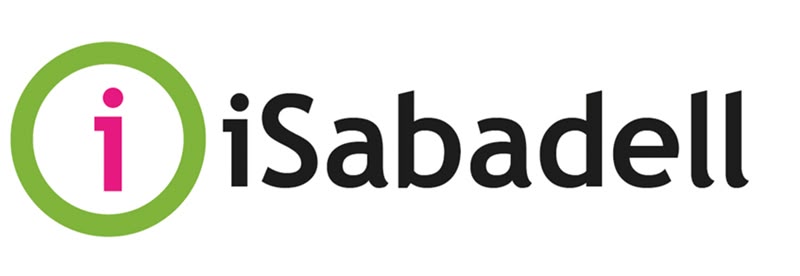Even for the seasoned pros, social media marketing can have a challenging side. There are some common problems that every marketer has run into and will likely come across again—with unfortunate consequences. In fact, according to a study by Symantec, social media mistakes cost major corporations an average of $4.3 million a year.
The good news, however, is that these social media problems can usually be resolved with just a little time, effort and advanced preparation. Here’s what you need to know in order to avoid (and resolve) five common problems in social media marketing.
1. Not Enough Resources
According to a study by eMarketer and Ascend2, 43% of surveyed marketers said their biggest obstacle in delivering on their campaigns was lack of skilled employees. It was the top problem the respondents cited in that report.
For people who work in the field, it may seem that social media has always been around. But it’s not uncommon to have team members who are less experienced than you need. Or in some cases, you may not have enough people of any skill level to help.
Feeling understaffed is often a good sign that it’s time for you to expand your social media team. If you aren’t able to bring on another set of hands for full-time or part-time help, then make smart choices with the tools that you use. Having the right balance of powerful social tools in your arsenal can save enough time that it feels like you have another person helping you out.
2. Hashjacking
A well-planned and well-executed hashtag campaign can do great things for promoting your brand. But just as one bad apple ruins the barrel, a handful of rogue Tweets that go viral can quickly derail your meticulous strategy.
One way to avoid this problem is to create a hashtag that will be difficult for a disgruntled person to abuse. Be specific in your language. Consider how you connect the hashtag to your company. Another solution is to take advantage of hashtags that are already popular on the social platform you’re using; since they’re in frequent circulation, your company can ride the coattails of that familiarity. Try out purply affiliate management software.
If the worst-case scenario does happen and your brand faces negativity online, then acknowledge what’s happening and what people are saying. If there are legitimate concerns, be graceful and polite in pursuing a solution. If it’s simply a case of trolling, then shake it off and move on.
3. Improper Use of Internet Slang & Acronyms
Social communications tend to be short and snappy; that’s part of their appeal. But for brands, it can be difficult or even inauthentic to adopt some forms on online slang. That’s especially true when new shorthand appears and disappears from common use so quickly. Using old lingo won’t endear you to your audience, and a seemingly innocent typo can create additional confusion. For instance, “dae” and “bae” mean two very different things, and mixing them up will raise eyebrows among your followers.
Unless your brand is focused on youth culture or needs to have a cutting-edge voice, it’s best to stay away from most acronyms. If your company has to lean on the occasional acronym, then make sure at least one person (and preferably more) who will review your social messages are responsible for knowing the latest abbreviations. At the very least, confirm your acronyms with Wikipedia or Urban Dictionary before you hit publish.
4. Ignoring Comments
Most businesses place a high priority on putting out content and getting it to circulate across social networks. But that’s just the first half of the equation. The second part is to cultivate conversation around that content, which means acknowledging when followers comment. Considering five out of six messages sent to brands on social channels go unanswered, this is a topic that’s ripe for improvement among many brands. In fact, in a survey of 3,000 consumers, Bain and Company found that customers who engage with brands over social media end up spending anywhere from 20% to 40% more money compared to customers who aren’t as engaged.
Recognize that social listening is crucial to making your online communication a two-way street. Just as people feel valued after a meaningful conversation in person, you can forge stronger ties with your fans and customers by replying to their social messages. Even something as small as a “thank you” can go a long way toward improving a person’s impression of your company. Set up a workflow that reflects the need for your social team to engage with the messages your brand receives.
5. Knee-Jerk Reaction to New Technology
Having a pulse on the latest trends in social is a good thing—but before putting anything into action, make sure you have a plan. From Meerkat to Periscope, new tools appear all the time in the social media sphere. Marketers are tasked with not just learning these new programs within days of their launch but also with being able to make informed decisions about the role these tools should or shouldn’t play in a brand’s social strategy.




























